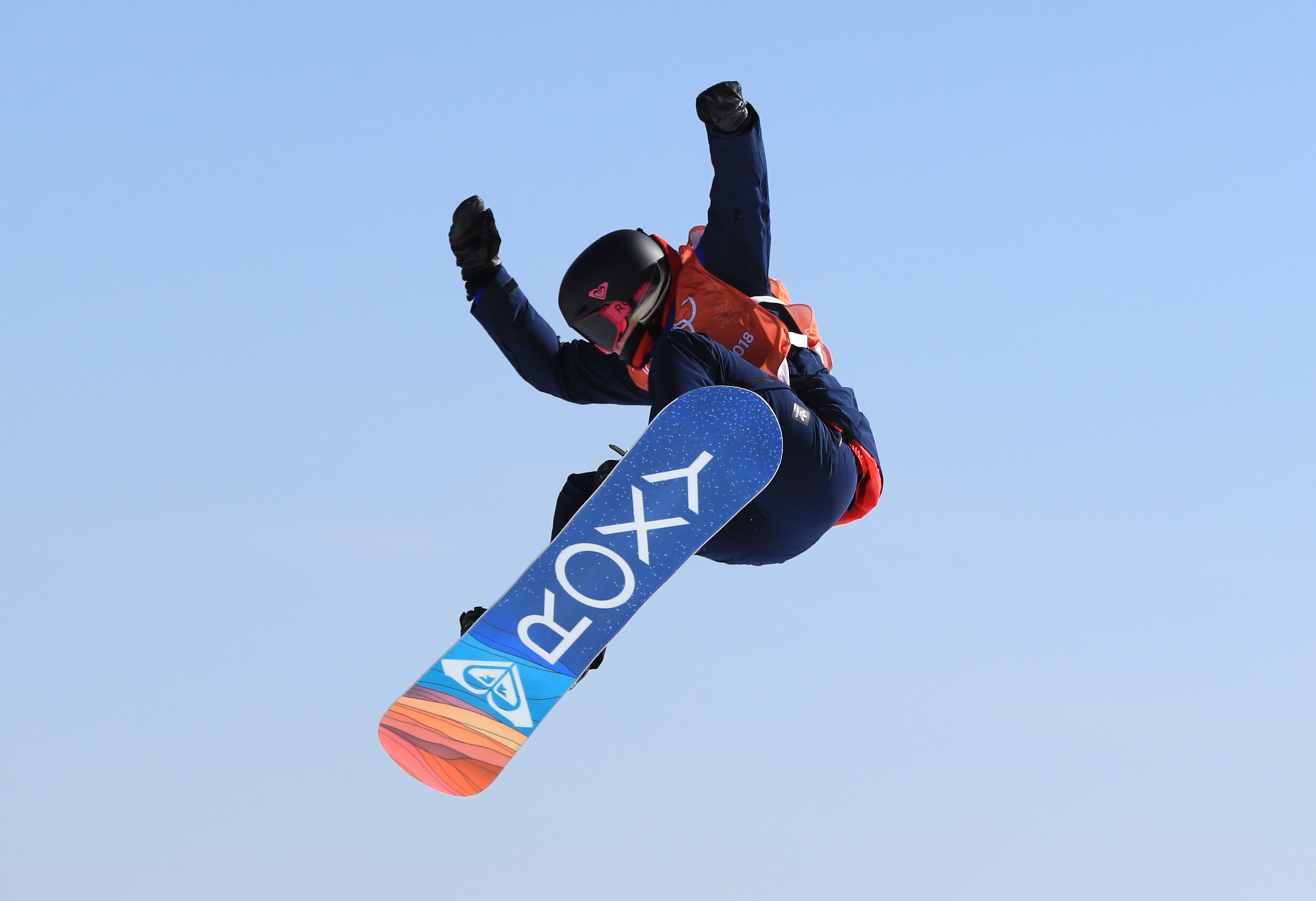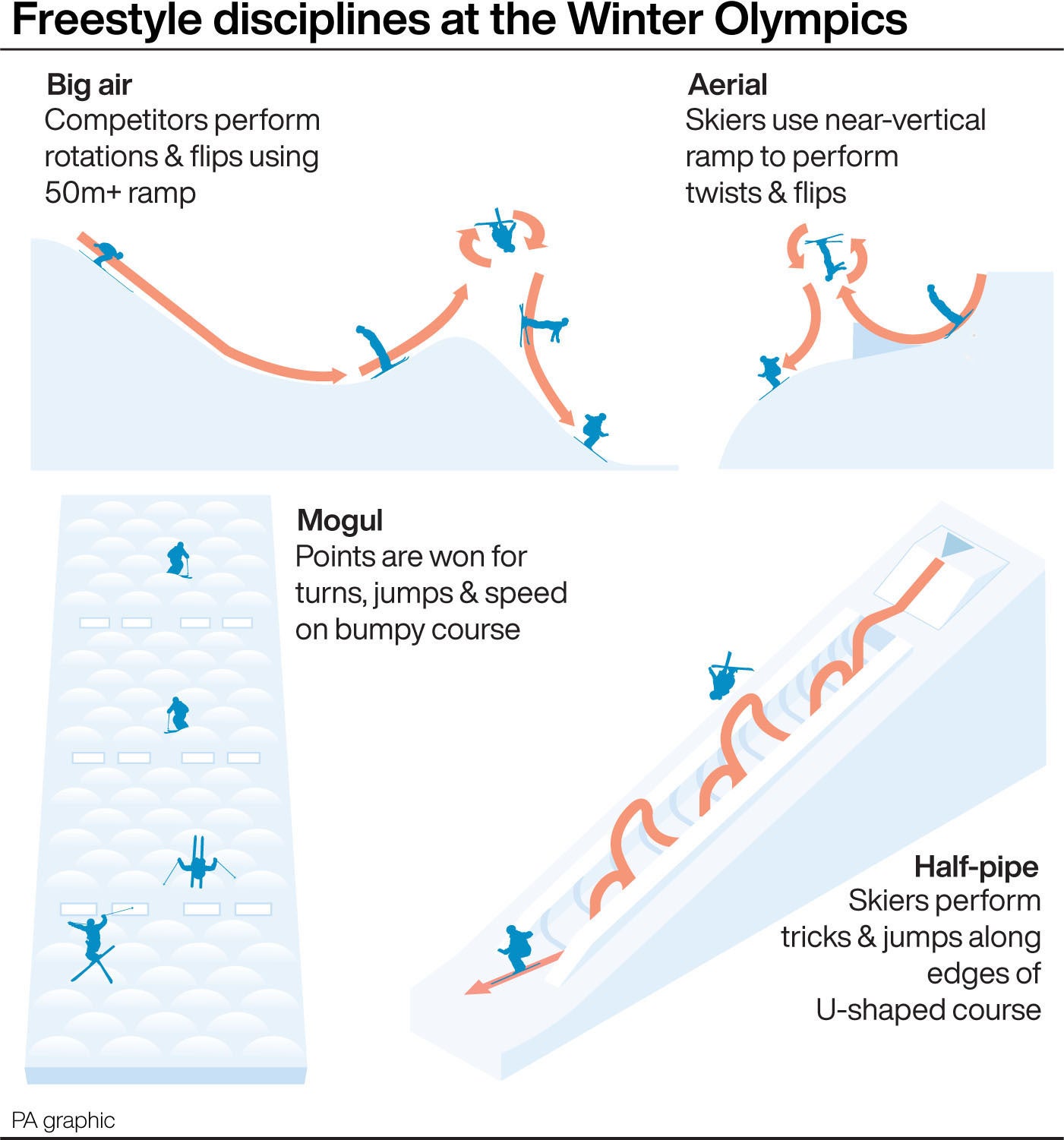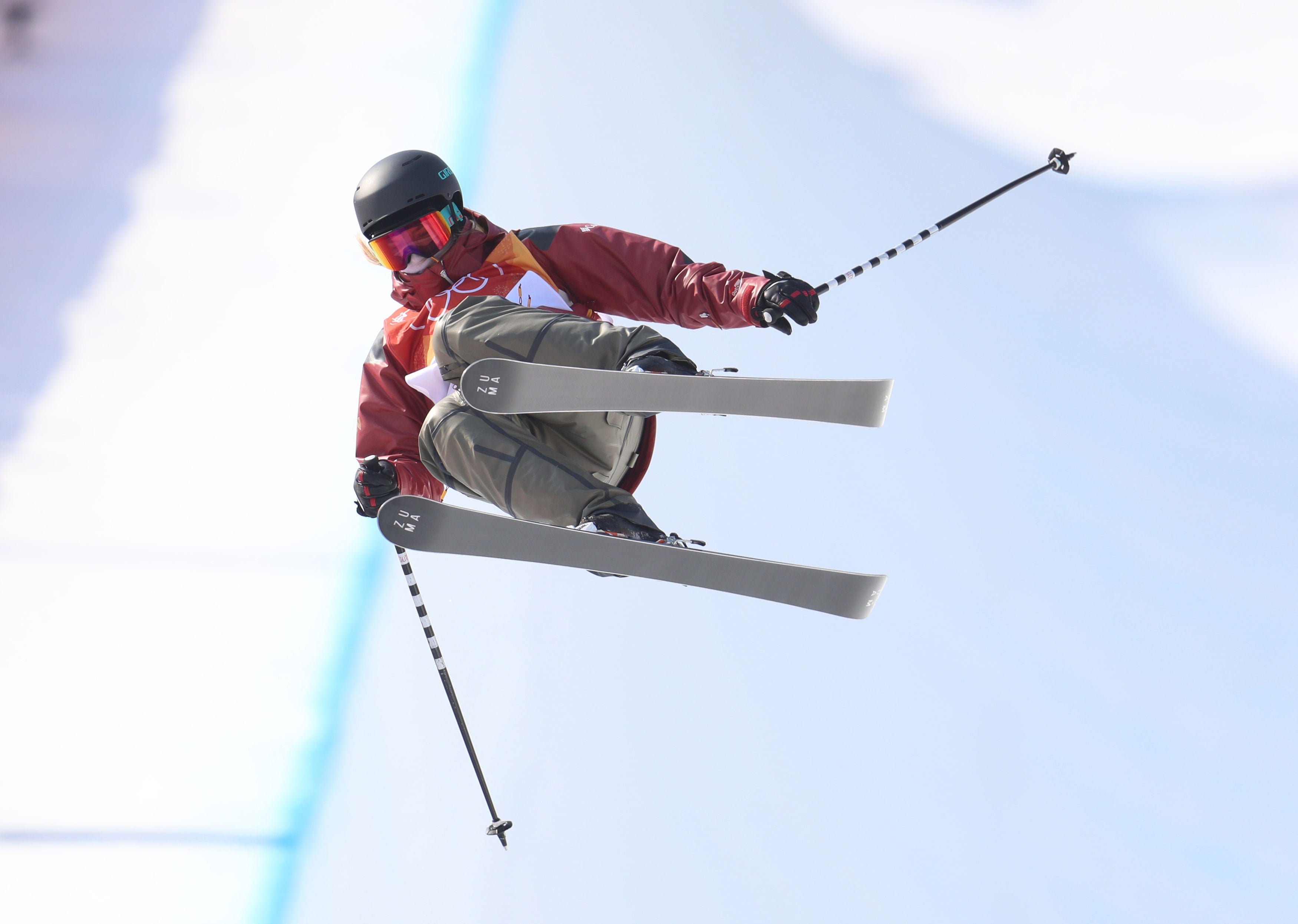Winter Olympics: Explaining difference between moguls, slopestyle and big air
There are various freestyle and snowboard disciplines taking place at the 2022 Games in Beijing

Your support helps us to tell the story
From reproductive rights to climate change to Big Tech, The Independent is on the ground when the story is developing. Whether it's investigating the financials of Elon Musk's pro-Trump PAC or producing our latest documentary, 'The A Word', which shines a light on the American women fighting for reproductive rights, we know how important it is to parse out the facts from the messaging.
At such a critical moment in US history, we need reporters on the ground. Your donation allows us to keep sending journalists to speak to both sides of the story.
The Independent is trusted by Americans across the entire political spectrum. And unlike many other quality news outlets, we choose not to lock Americans out of our reporting and analysis with paywalls. We believe quality journalism should be available to everyone, paid for by those who can afford it.
Your support makes all the difference.Katie Ormerod is scheduled to get her Winter Olympic campaign under way in the women’s snowboard slopestyle qualification round on Saturday.
Here, we explain the difference between the various freestyle ski and snowboard disciplines at the 2022 Games.
Moguls

Skiers descend individually down a bumpy course. They are scored mostly for their turns and rhythm, partly for the height and difficulty of their jumps, and partly for their speed. The scores are combined to discern the final positions.
Big air
The ski and snowboard big air events will be contested in central Beijing Competitors leap off a ramp in excess of 50-metres high, and are scored for the size and difficulty of their rotations, flips and grabs.
Aerials
Skiers zoom up a near-vertical ramp before performing a series of twists and flips. Scores are determined based on height gained, the degree of the difficulty of the components, and the landing.
Slopestyle
Contested on both snowboards and skis, slopestyle sees each competitor take part in individual runs down a course scattered with rails, boxes and jumps, their respective scores obtained primarily through the variety and difficulty of tricks.
Half-pipe

Skiers and snowboarders career individually down a precipitous U-shaped course, performing tricks and jumps off the edges of the pipe, before being scored for a variety of factors including height, difficulty and variety.
Ski/snowboard-cross
Competitors race in heats of four down a course packed with jumps and banks. Falls and crashes are common – and often grounds for disqualification – with the first athlete over the line declared the winner.
Join our commenting forum
Join thought-provoking conversations, follow other Independent readers and see their replies
Comments